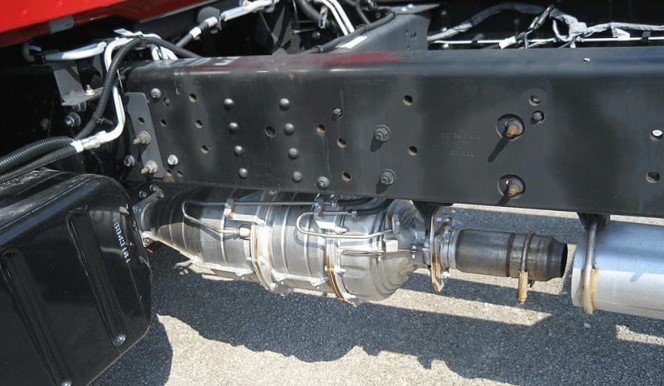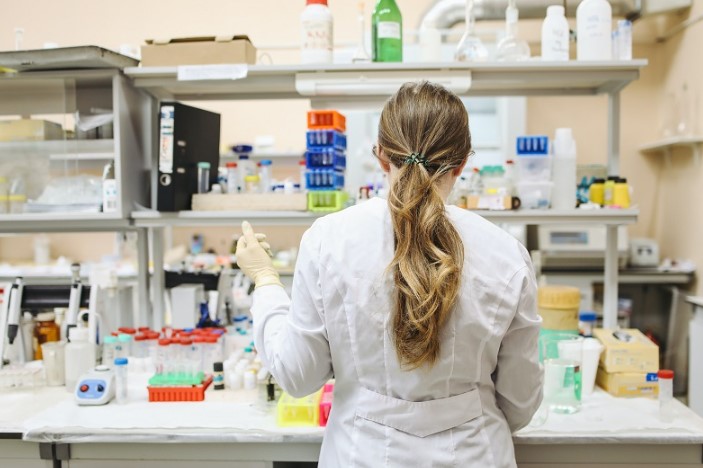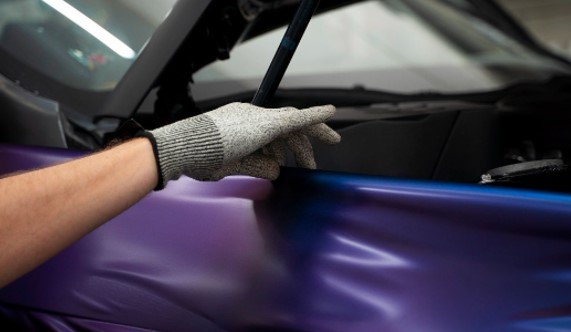Eating tires with your lettuce?
Car exhaust fumes pollute our cities and damage our lungs – but tiny bits of car tires when we screech to a lot, or which come over with wear and tear? It was assumed by the scientific community that these bits of plastic end up on the side of the round or down the storm pipe, but it turns out we are eating more synthetic materials that we want to know.
A recent study from the University of Vienna found that lettuce easily and quickly takes up runner bits when growing and we ingest them in our salads. Although natural rubber is the made material used in tires, there are 200 raw materials that go into them – some of the materials are not good for our health.
“Tire wear particles contain a number of organic chemicals, some of which are highly toxic,” says Anya Sherman, a PhD from the University of Vienna.
Why tire particles are a health concern?
“If these chemicals are released in the root zone of edible plants, they can be a health concern for consumers – provided the chemicals are taken up by the plants,” noted her supervisor Thilo Hofmann.
Until they asked the question, the answer was speculative. We know that microplastics are in the seas, microplastics are in the air we breath, and they are found in the breastmilk made for newborns. The Viennese researchers looked at the plastics and materials in tires and how they may be transferred to the food we eat.
The researchers used hydroponics, a method for growing food on water, using added nutrients delivered to the root systems of plants in tubes or plants floating on styrofoam beds. To simulate road runoff, the team added five chemicals to the hydroponic solutions of lettuce plants. Four of these chemicals are used in tire production. Not all of them are confirmed to be harmful. Yet, the fifth chemical is a transformation product of one of these four, created once the tires are in use on the road, and it is proven to be toxic:
The chemical 6PPD-quinone (originating from 6PPD) has been linked to mass deaths of salmon in the US: “Our measurements showed that the lettuce plants took up all the compounds we investigated through their roots, translocated them into the lettuce leaves and accumulated them there,” Sherman reports.
What is that new toxin produced inside the lettuce and why should we be worried?
This was also evident when the lettuce plants were not exposed to the chemicals directly, but indirectly via tire crumbs added to the growing medium. “The lettuce plants continuously take up the potentially harmful chemicals that are released from the tire abrasion particles over the long term,” notes Hofmann.
Driving a car produces tire wear particles, which are blown into the environment by the wind and washed into rivers and sewage by the rain – in total around 3 pounds per citizen, per year. Through the atmosphere and with the waste water or the sewage sludge used as fertilizer in agriculture, the tire particles can reach agricultural soils. Tire wear particles and other types of microplastics contain additives, which ensure specific properties, consistencies and the durability of these plastics.
In soils, the small plastic or tyre particles usually release their pollutants in the upper soil layers – this was determined in earlier studies by the research team led by environmental geoscientist Hofmann. In their current study, the researchers shed light on whether the pollutants could migrate from there into the crops.
Using high resolution mass spectrometry methods, the Viennese environmental geoscientists not only measured the extent to which the previously defined chemicals ended up in the lettuce plants. They also identified the substances to which the lettuce plants metabolised the chemicals.
“The plants processed the substances and in doing so they produced compounds that have not been described before. Since we don’t know the toxicity of these metabolites, they pose a health risk that cannot be assessed so far,” said Thorsten Hüffer, senior scientist at the University of Vienna, emphasises.
The metabolites identified by the research team are quite stable in the plant. Most likely, they would therefore be preserved until reaching our plates. “In the human body, however, such compounds are very easily broken down. Thus, if someone eats such a contaminated lettuce, the original chemicals could be released again in the body,” Sherman explains.
Questions we should be asking
This news is particularly troubling and interesting to me. I worked in the area of hydroponics for about 5 years, promoting it as a sustainable method for growing food in cities. Most of the plants grown today in hydroponics are grown in cities or close to them, and they are grown in plastic pipes, tubes and water transport systems. I am left with these questions:
- Should we be foraging and growing food in urban centers?
- Does hydroponics, which grows food quickly, offer an easier pathway for toxicity into the plant than if it were just grown on a soil which contains more buffering agents and micronutrients?
- Can there be innovation in tires so that less tire particles are emitted when driving?
These are questions researchers will need to be asking. And next up the lab will be asking how tire particles are picked up by plants grown in soil. And the goods news for anyone reading this is if you work in science, the lab in Vienna is hiring.







